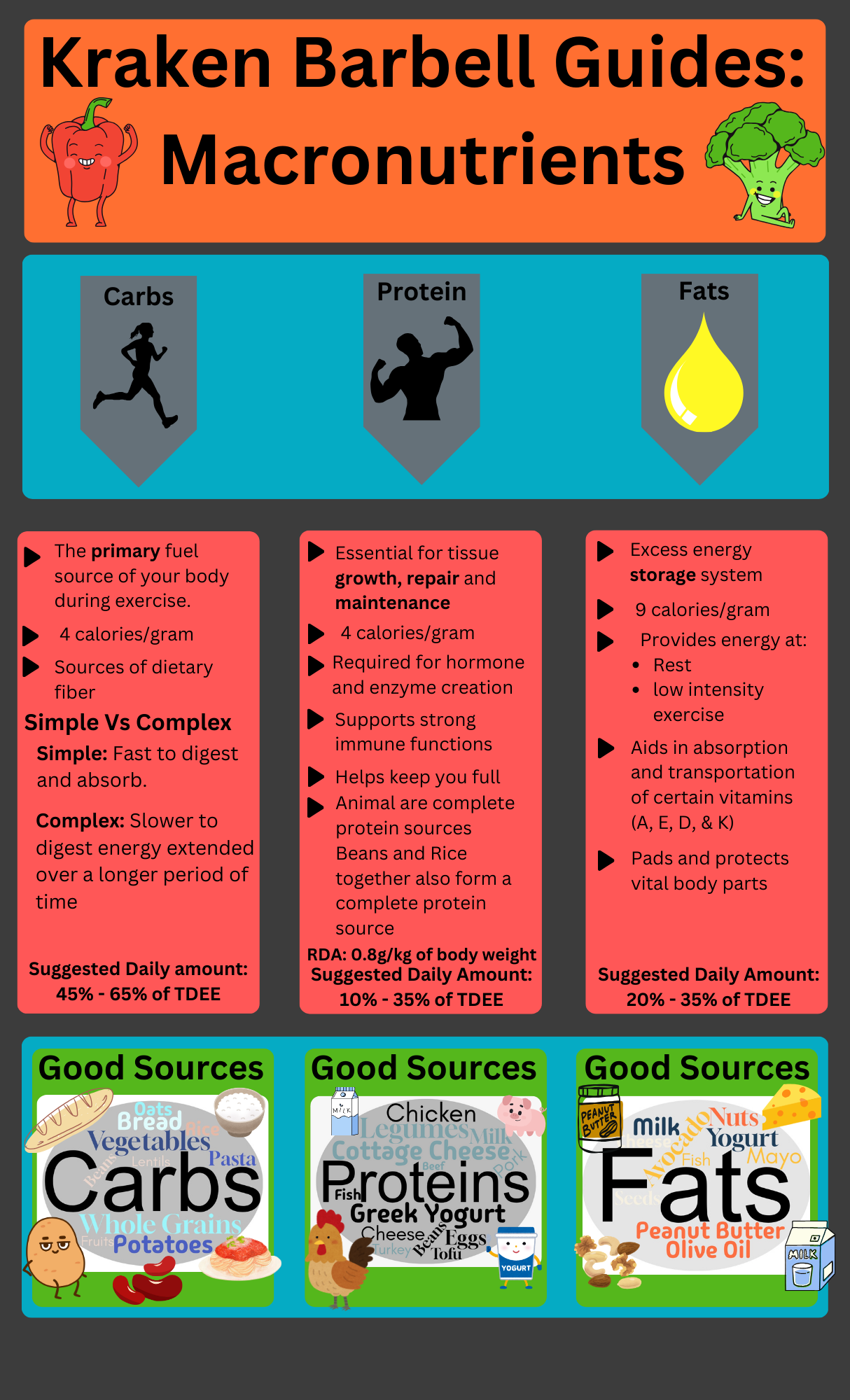Creatine: A Trainer’s Quick Guide to the Most Researched Supplement in Fitness

What is Creatine?
If you’ve spent any time in the gym or scrolling fitness forums, chances are you’ve heard about creatine. But what exactly is it? Is it safe? And more importantly—does it actually work and what does it do?
As a personal trainer and competitive powerlifter, I get questions about supplements all the time. So let’s break down creatine—what it is, how it works, and whether it’s worth taking.
Creatine is a naturally occurring compound found in your muscles of your body. It’s made from three amino acids: arginine, glycine, and methionine. Your body produces it on its own (mainly in the liver and kidneys), and you can also get small amounts from foods like red meat and fish.
But when we talk about supplementing creatine, we’re usually referring to the powdered form as seen in the image above. The simplest, creatine monohydrate, is the most studied and widely used version of creatine.
How Does It Work?
Creatine’s primary role is to recycle ATP (adenosine triphosphate)—your body’s main energy source for short, explosive movements like sprinting, jumping, and lifting heavy weights.
When you supplement with creatine, your muscles store it as phosphocreatine, which helps you produce energy faster during high-intensity activity. This means more reps, more strength, and better overall performance.
In More Detail
To better understand how creatine works, you need to know a little about how your body produces energy, especially during high-intensity, short-duration activities like lifting weights, sprinting, or performing a powerful rowing stroke.
Your body’s primary energy source for explosive movement is a molecule called ATP (adenosine triphosphate). Think of ATP as your muscles’ fuel. The problem? Your muscles only store enough ATP to sustain a few seconds of maximum effort—after that, your body has to regenerate it. This used form is adenosine diphosphate (ADP), the phosphate is used in the production of energy by your muscles.
That’s where creatine phosphate comes in.
When you supplement with creatine, your muscles store more of it in the form of phosphocreatine. This stored form of creatine donates a phosphate group to ADP, quickly converting it back into ATP. In plain terms: it helps your body recover energy more efficiently, so you can push harder and recover faster during intense efforts. Think of the phosphocreatine groups as the volunteers handing out cups of water to runners at a marathon. The more people handing out the cups the faster the runners can get water and continue running. The same works for your muscles. The more phosphocreatine there is the faster your body can convert ADP back into ATP.
This ATP regeneration system is known as the phosphagen system or the ATP-CP system, and it’s the primary energy system used during many quick and explosive movements:
- Heavy lifts (like squats, deadlifts, or presses)
- Short sprints or rowing intervals
- Jumping or throwing movements
- Any explosive or anaerobic activity lasting under ~10 seconds
In short, creatine works by supporting your short-term energy systems, giving you just enough of an edge to perform better, recover faster, and ultimately get more out of your training sessions.
Benefits of Creatine
Research consistently supports the effectiveness of creatine, especially for strength and power athletes. Some key benefits include:
- Increased strength and power output
- Improved performance in high-intensity training
- Faster recovery between sets
- Potential increases in lean muscle mass
- Cognitive benefits (especially in older adults and during sleep deprivation)
Here’s what happens when you supplement creatine and train consistently:
- More Energy Availability
You can produce more ATP during high-intensity efforts, allowing you to complete more reps, lift slightly heavier, or train longer before fatiguing. - Improved Training Volume
Over time, those extra reps and sets add up. More volume = more stimulus for strength and muscle growth. - Faster Recovery Between Sets
Since your body replenishes ATP more quickly, you recover faster between short bouts of activity—allowing you to maintain intensity across your workout. - Increased Muscle Cell Hydration
Creatine draws water into your muscle cells, which may enhance cellular swelling—a potential signal for muscle growth—and improves nutrient delivery.
For lifters, sprinters, and anyone training hard, it’s one of the few supplements that actually delivers results.
Is Creatine Safe?
Yes! Creatine is one of the most researched supplements in the world. Dozens of long-term studies have shown it to be safe for healthy individuals. Some myths (like it causing kidney damage or dehydration) have been thoroughly debunked in the scientific literature.
That said, it’s always smart to talk to your doctor if you have existing kidney conditions or other medical concerns.
How to Take Creatine
- Dosage: 5 grams per day is the sweet spot for most people.
- Timing: You can take it before or after your workout—or even on rest days. Consistency matters more than timing.
- Loading Phase (Optional): Some people “load” with 20g/day for the first 5–7 days to saturate muscles quickly, but this isn’t necessary.
- Stay Hydrated: Creatine pulls water into your muscles, so make sure you’re drinking enough water throughout the day.
Will It Make Me Look Bloated?
You might notice a small increase in water weight, especially in the first week or two. This isn’t fat—it’s just more water in your muscles, which can actually make you look fuller and more pumped.
Who Should Use Creatine?
Creatine is great for:
- Strength and power athletes
- Recreational gym-goers looking to build muscle
- Endurance athletes doing sprint or interval training
- Older adults seeking cognitive and muscular benefits
- Vegans and vegetarians (who get less from diet)
Final Thoughts
Creatine is not a magic pill, but it’s as close as it gets for performance supplements. If your training is dialed in, it can help you push further, recover faster, and see better results.
At Kraken Barbell, I only recommend what works—and creatine earns its spot on the list. Have questions about how to add it into your routine? Let’s chat about what works for your goals.
Ready to train smarter and stronger? Reach out to book a consultation or training session today.



